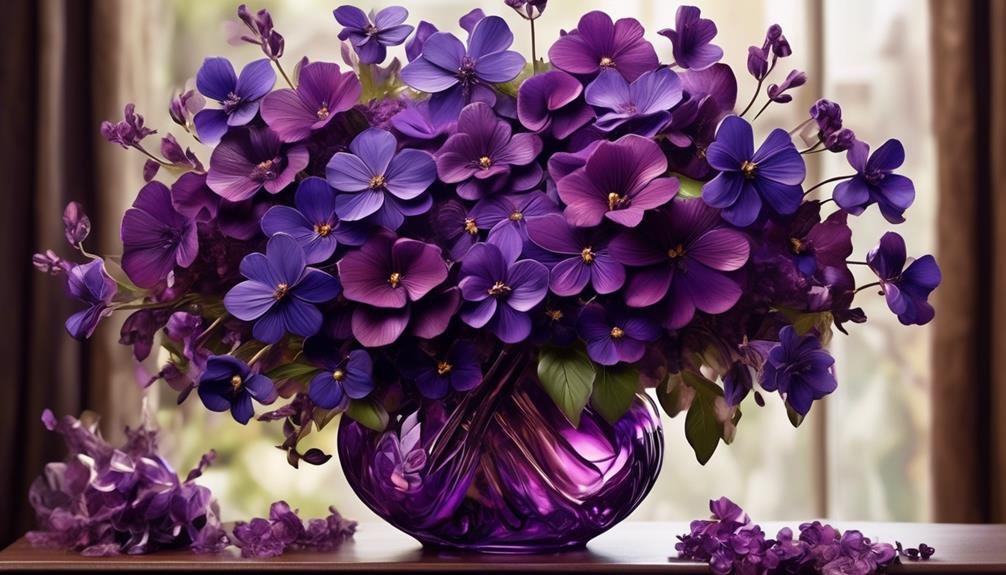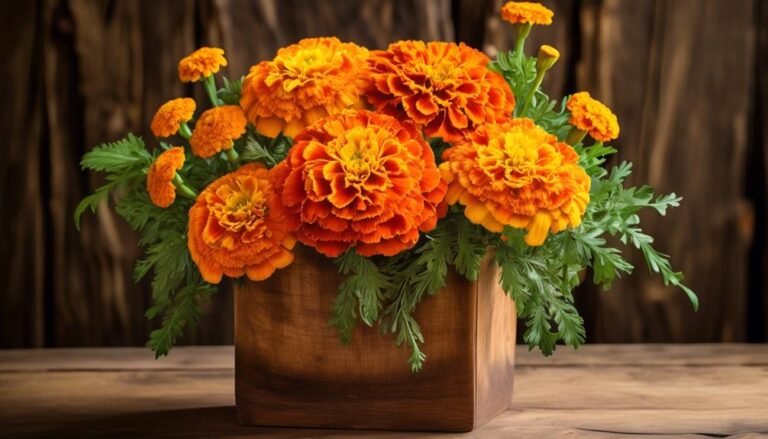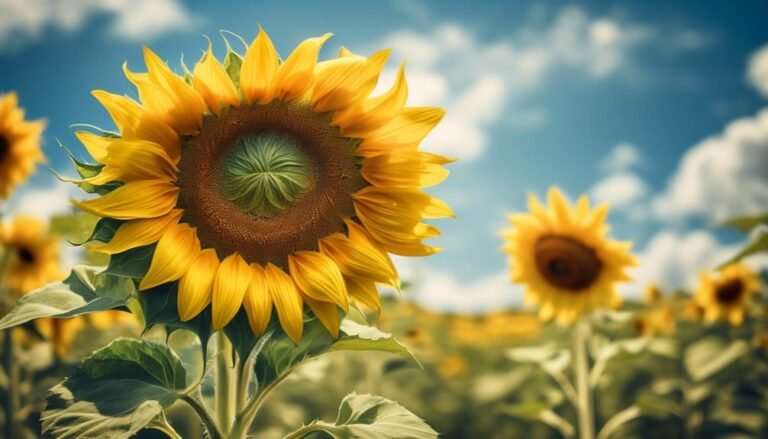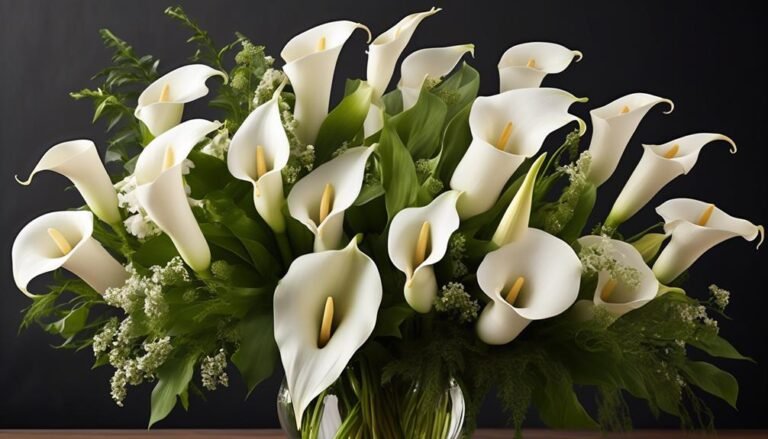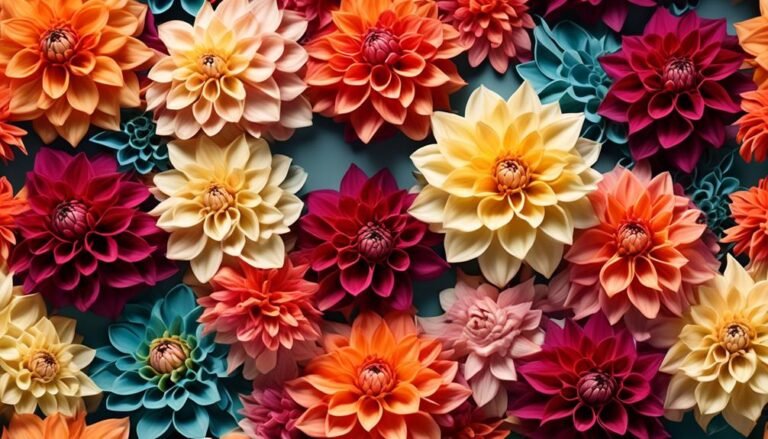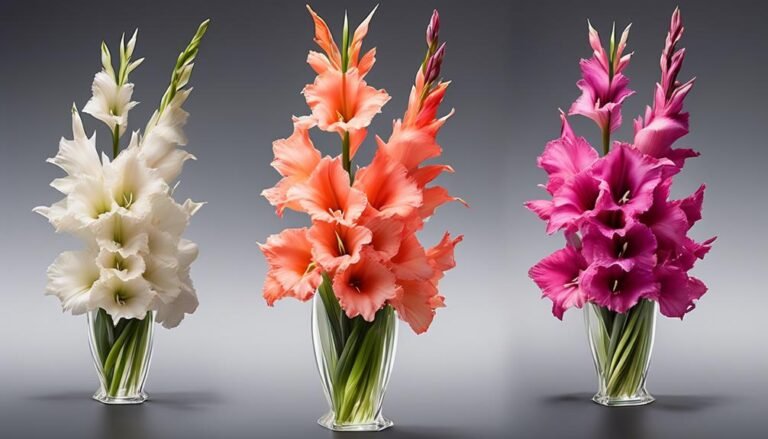Popular Types of Florist Flowers – Violet
The violet, or Viola, is a genus of flowering plants in the Violaceae family, known for its small, showy flowers. Its physical characteristics and range of hues make it a popular choice for floral arrangements, and it holds a significant place in the world of floristry.
- Significance in Floristry:
The violet is highly valued in floristry for its delicate and showy flowers. Its small size makes it perfect for adding a touch of elegance to floral arrangements. Florists often use violets to convey sentiments of modesty, faithfulness, and virtue in their creations.
- Physical Characteristics:
Violets are characterized by their heart-shaped leaves and unique five-petaled flowers. They come in a wide range of hues, including shades of purple, blue, white, and yellow, offering florists a diverse palette to work with when creating beautiful arrangements.
- Rich History:
Violets have a rich history dating back to ancient civilizations. They have been used for medicinal and culinary purposes and have also held symbolic meanings in various cultures. This historical significance adds a layer of depth to the use of violets in modern-day floristry.
- Popular Choice for Floral Arrangements:
Due to its ethereal beauty and symbolic meanings, violets are a popular choice for floral arrangements, especially for occasions such as weddings, anniversaries, and special events. They can be used in bouquets, corsages, and centerpieces, adding a charming and graceful touch to any floral design.
In conclusion, violets are a beloved flower in the world of floristry, valued for their delicate beauty, diverse hues, and rich historical significance. Whether used as a focal point or an accent in floral arrangements, violets continue to captivate and inspire florists and flower enthusiasts alike.
Scientific Name
The sweet violet, also known as Viola odorata, is a perennial flowering plant with a rich history of symbolism and medicinal uses. This herbaceous plant is commonly associated with love, modesty, and faithfulness, making it a popular choice for bouquets and gifts. Violets have been utilized for their medicinal properties for centuries and have been used in herbal medicine to treat various ailments.
Medicinal Uses:
- Violets contain compounds like salicylic acid, known for its anti-inflammatory properties, and have been historically used in the treatment of respiratory conditions, skin disorders, and as a mild pain reliever.
- The flowers and leaves have been used to prepare teas, syrups, and tinctures to alleviate coughs and sore throats.
- Violets are rich in vitamins A and C, making them valuable for boosting the immune system.
Symbolism:
- The scientific name 'Viola odorata' is derived from the Latin word 'viola,' signifying the sweet, pleasant fragrance of its flowers.
- Violets hold significant symbolism in various cultures and are often associated with love, modesty, and faithfulness.
Enduring Popularity:
- The rich symbolism and medicinal uses of Viola odorata have contributed to its enduring popularity, whether adorning gardens, inspiring poets and artists, or providing therapeutic benefits.
Background History
Violet flowers have a rich history dating back centuries, with symbolism, medicinal uses, and cultural significance. In mythology, violets have been associated with various stories and deities. For example, in ancient Greece, violets were linked to the story of Io, who was transformed into a heifer by Zeus to protect her from Hera's jealousy. They also played a role in the myth of Persephone, where they were given to her by Apollo. In Christian symbolism, violets are often linked to the Virgin Mary and represent humility and modesty.
The cultural significance of violet flowers spans across different civilizations. In medieval times, violets were often used to represent faithfulness and devotion, making them a popular choice for bridal bouquets. Additionally, violets were used in love potions and perfumes during the Victorian era, emphasizing their romantic connotations.
Violet flowers have also been celebrated in art, literature, and folklore. They've been depicted in paintings by renowned artists such as Leonardo da Vinci and Claude Monet. In literature, violets have been referenced in the works of Shakespeare and were often used as a symbol of delicate beauty and fragility.
The historical and cultural importance of violet flowers continues to influence their popularity and significance in modern times. This rich background adds to the allure of these delicate blooms, making them a cherished choice for various occasions and settings.
Physical Description
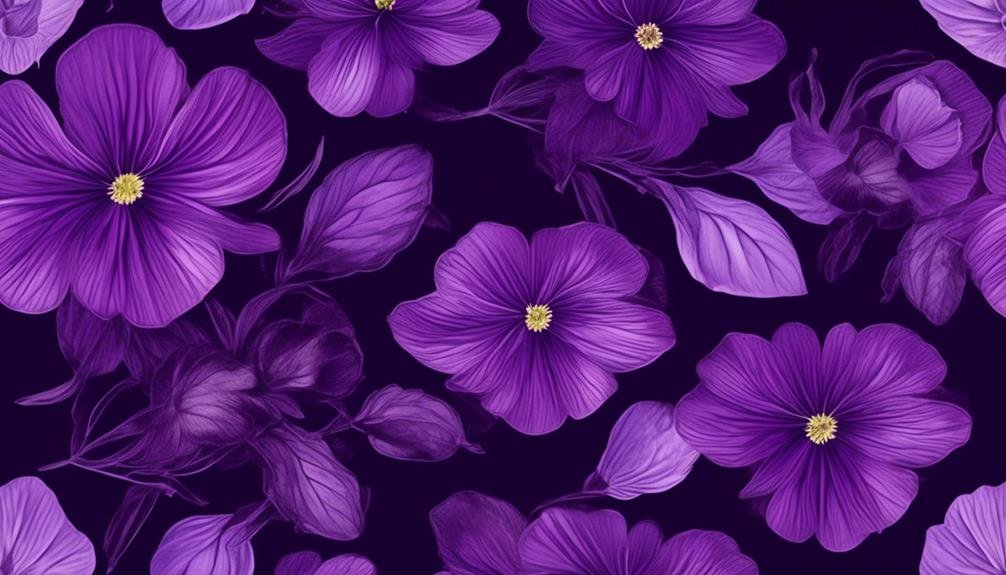
Violet flowers, scientifically known as Viola, are small and delicate with typically five petals. They come in shades of purple, blue, and white, and some varieties may have a sweet fragrance.
The heart-shaped leaves of violet flowers are often a darker shade than the flowers, adding to their ornamental appeal. These flowers usually grow in clusters on low-lying plants and are commonly found in shaded, moist areas.
Some varieties of violet flowers are fragrant and have been used in perfumes for centuries due to their delicate and pleasing scent. They symbolize modesty, virtue, and affection, making them popular choices for expressing heartfelt emotions.
In addition to their aesthetic appeal, violet flowers have also been used for their medicinal properties and are often incorporated into herbal remedies.
Colours and Characteristics
Purple flowers are a popular choice for formal events and celebrations due to their association with royalty, opulence, and honor. They also carry deep symbolism and cultural significance, representing mysticism, spirituality, and intuition. This makes them perfect for expressing gratitude, appreciation, and higher consciousness.
When it comes to arrangements, purple flowers offer a wide range of possibilities. They can be paired with white flowers for a classic look or combined with other jewel tones for a rich and luxurious bouquet. Whether used in centerpieces, bouquets, or garlands, the versatility of purple flowers allows for stunning and memorable designs.
Different types of purple flowers exhibit unique characteristics, meanings, and growing requirements, making them a fascinating subject for florists and enthusiasts alike. From the delicate petals of lavender to the bold blooms of irises and the fragrant clusters of lilacs, each type of purple flower brings its own charm and allure to floral arrangements.
Varieties Available
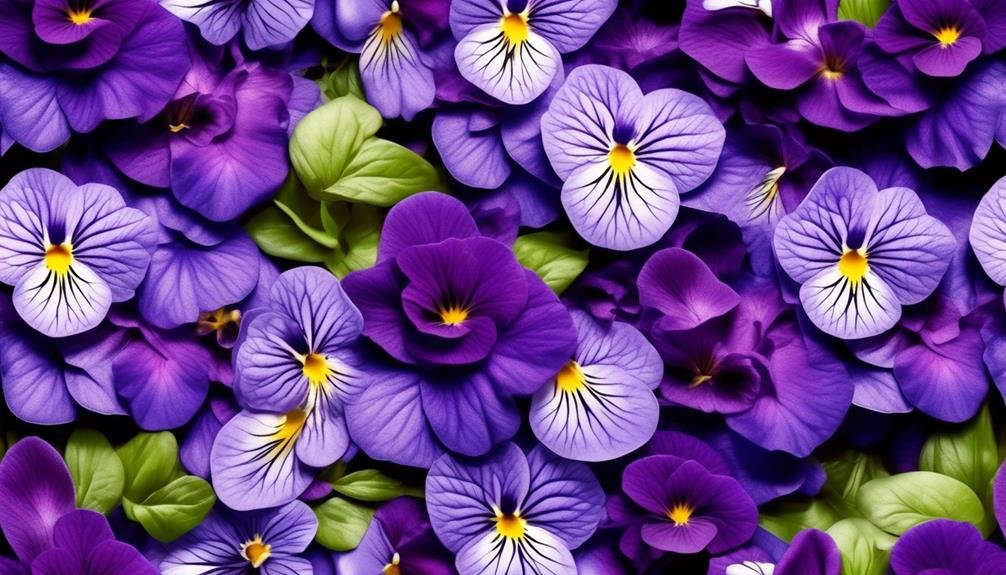
Purple flowers are a popular choice for florists, offering a diverse selection for creating captivating and symbolic arrangements. Some popular options include purple roses, which symbolize enchantment and mystical love, making them an exquisite choice for expressing deep affection.
Purple hyacinths are known for symbolizing sorrow, regret, and forgiveness, and are a poignant choice for arrangements due to their cultural significance.
Another captivating option is the purple hydrangea, which symbolizes grace, abundance, and prosperity.
Other types of purple flowers to consider for floral arrangements include delphiniums, gladioli, campanula, stocks, and sweet peas, each with their own unique cultural and symbolic significance.
Seasonal Availability
Violet flowers are typically available during the spring and early summer months, but their availability can be influenced by various factors.
Warmer climates tend to have longer growing seasons, making violet flowers more readily available throughout the year.
Different varieties of violets may have distinct blooming periods, with some blooming primarily in the spring and others having extended blooming seasons, potentially leading to availability in the fall as well.
Additionally, the availability of violet flowers can be affected by local florist stock, seasonal demand, and special orders.
Regional differences in growing conditions and cultivation practices also impact the availability of violets, with milder winters leading to fall availability and harsh winters relying more on greenhouse cultivation.
Understanding these factors can help you anticipate the availability of violet flowers in your area, allowing you to plan and enjoy these charming blooms at their peak.
Care Tips
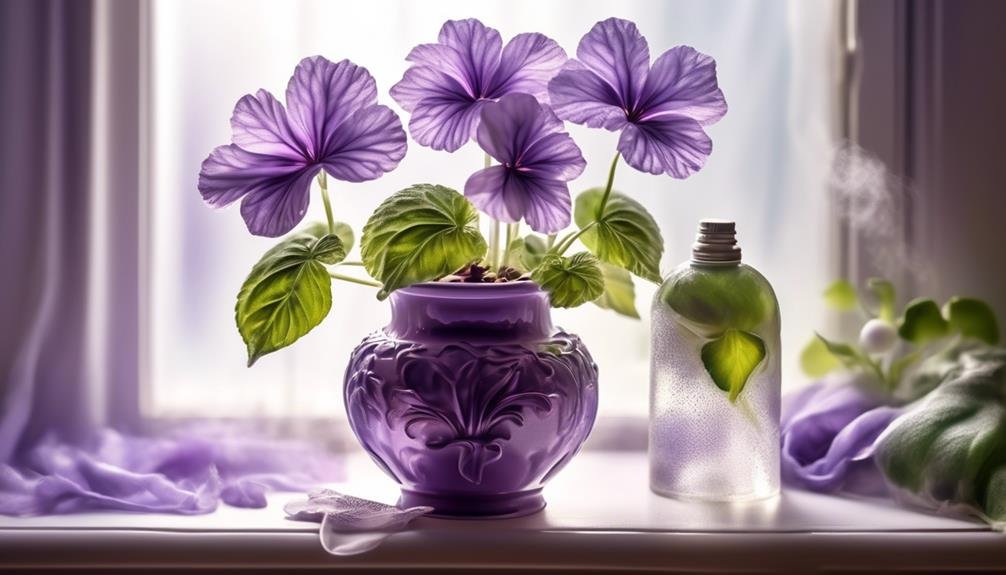
Violet Care Tips
Watering: Violets need consistently moist soil, but be careful not to overwater to avoid root rot. Water when the top inch of soil feels dry, usually every 5-7 days, adjusting based on humidity and soil type.
Sunlight: Violets prefer bright, indirect light and thrive near north or east-facing windows. If natural light is limited, consider using artificial grow lights to supplement their light needs for healthy growth and blooming.
What Are the Similarities and Differences Between Violets and Orchids as Florist Flowers?
Violets and orchids, particularly different types of orchid flowers, share some similarities as popular choices for florist arrangements. Both are admired for their delicate beauty and vibrant colors, but violets are typically smaller and have heart-shaped leaves, while orchids come in a wide array of shapes and sizes.
Conclusion
Violet flowers, also known as Viola, are a popular choice for florists due to their vibrant purple color and delicate petals. These flowers have a rich history and strong symbolism of love and spirituality, making them a beautiful and meaningful addition to any floral arrangement.
Violets require proper care and attention to seasonal availability, but when well-maintained, they can be enjoyed and admired for their beauty and elegance. Whether used in bouquets, centerpieces, or decorative accents, violets add a touch of charm and grace to any floral design.
